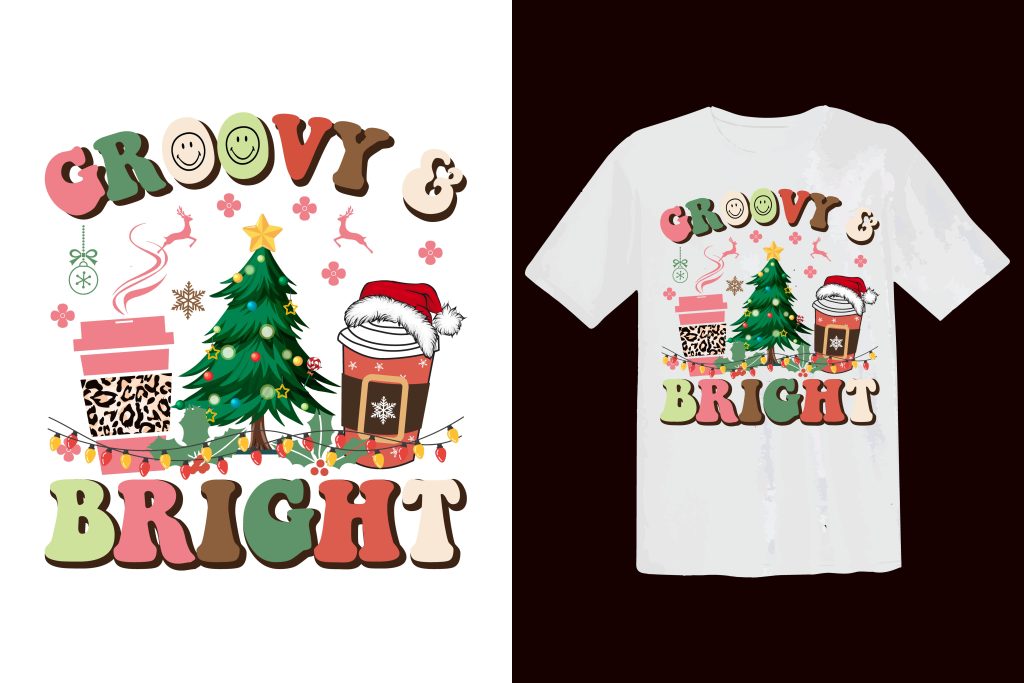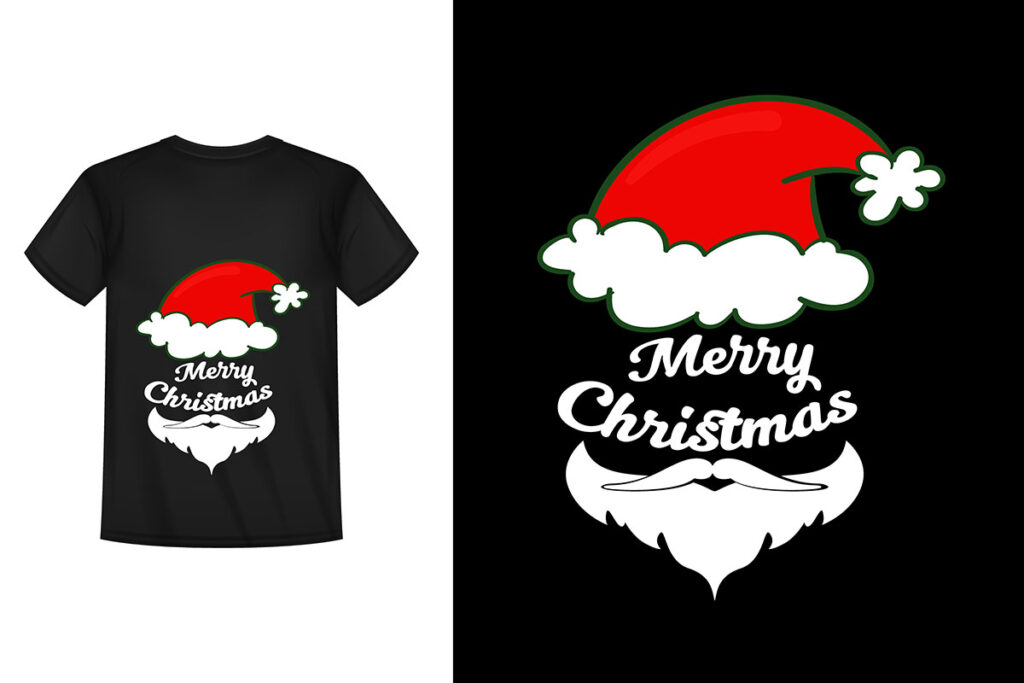In the realm of custom printing, DTF transfers (Direct to Film) are revolutionizing the landscape by merging quality and efficiency. This innovative technique allows for vibrant prints on a variety of fabrics, positioning it as a strong competitor against traditional methods like screen printing and DTG (Direct to Garment). As businesses pivot towards cutting-edge solutions, understanding the nuances of different printing methods becomes essential for making informed decisions. This article aims to delve deeply into DTF printing while comparing it to its older counterparts, highlighting their individual strengths and weaknesses. By exploring such custom printing techniques, you can determine the best option to meet your production needs.
As the custom printing industry evolves, terms like Direct to Film and its advantages are becoming increasingly important. Known for its adaptability and color vibrancy, DTF printing presents a compelling alternative for businesses that may have traditionally relied on screen printing or DTG techniques. This article will explore how these modern printing methods stack up against one another, providing a thorough comparison that highlights the unique features of each. Emphasizing aspects such as customization possibilities and production efficiency, we aim to offer insights into choosing the right printing technique for your specific requirements. Join us as we unravel the intricacies of these printing techniques and discover why DTF may be the future of custom apparel.
Exploring DTF Transfers: A New Paradigm in Custom Printing
DTF transfers, or Direct to Film printing, have emerged as a revolutionary method in the custom printing sector, promising vibrant prints and exceptional versatility. This technique involves printing a design onto a specialized film that is then heat-transferred onto various fabric types, such as cotton and polyester. One of the remarkable features of DTF is its ability to produce detailed graphics with vivid colors, making it an ideal choice for intricate designs that require a high level of detail. Furthermore, its adaptability allows for stunning results on diverse materials, transforming the way businesses customize their apparel.
In comparison to traditional methods like screen printing and DTG printing, DTF opens up a realm of possibilities for custom printing projects. While screen printing may have ruled the industry for decades, it comes with challenges such as lengthy setup times and limitations on fabric compatibility. In contrast, DTF’s versatile nature enhances its appeal, allowing businesses to cater to a broader clientele with varied fabric preferences, thus making it an increasingly popular choice in modern custom printing.
The Advantages of DTF Transfers Over Traditional Techniques
When evaluating printing methods, DTF transfers boast significant advantages that set them apart from traditional options. For businesses focused on small to medium production runs, DTF proves to be highly cost-effective, eliminating the need for costly screen setups associated with traditional screen printing. The efficiency of DTF reduces both time and financial investment, allowing entrepreneurs to concentrate on creativity rather than logistical hurdles. This financial accessibility enables businesses to offer unique products without the burden of excessive up-front costs.
Moreover, DTF’s print quality excels in capturing fine details and color depth, something that traditional printing methods may struggle to deliver consistently. This makes DTF an excellent choice for brands looking to produce high-quality designs that reflect their unique identity. The results not only enhance the visual appeal of apparel but also contribute to customer satisfaction, reinforcing brand loyalty. In a competitive market, the quality offered by DTF can be a game-changer for businesses aiming to stand out.
Comparing DTF Transfers with Screen Printing
Screen printing has been the go-to method for bulk production of custom apparel for many years, but it has its limitations. One of the main drawbacks is the necessity for separate screens for each color, which can lead to increased costs and longer downtime between setup and production. This characteristic makes screen printing less favorable for short or multi-colored runs. In contrast, DTF printing has made significant strides in overcoming these challenges, allowing businesses to take advantage of full-color prints without the labor-intensive processes associated with traditional methods.
Furthermore, DTF’s ability to print on a variety of fabrics without compromising quality paves the way for creative flexibility. Brands looking to experiment with new materials or cater to specific consumer preferences find DTF to be a compelling option. Consequently, this method not only balances cost-efficiency but also expands creative horizons, making it a competitive choice for businesses traditionally reliant on screen printing.
Direct to Film vs DTG Printing: A Functional Overview
Direct to Garment (DTG) printing, while celebrated for producing highly detailed prints, is often limited to cotton fabrics and struggles with darker backgrounds. This constraint can pose a significant roadblock for businesses wanting versatility in fabric choices. On the other hand, DTF transfers shine by providing broader compatibility with various materials, including polyester and blended fabrics, allowing businesses to fulfill diverse customer requests more effectively.
Additionally, DTF surpasses DTG in operational efficiency. The printing process is less time-consuming, with quicker turnaround times for smaller orders, which aligns with the growing demand for rapid fulfillment in the custom apparel market. As companies aim to adapt to fast-moving trends and customer preferences, DTF transfers offer a practical solution without compromising on quality.
Emerging Trends in DTF Technology: Innovations and Impact
As DTF technology continues to evolve, new trends are shaping its place in the custom printing landscape. The increasing adoption of DTF by apparel manufacturers speaks volumes about its efficiency and adaptability. Innovations in printing equipment and the accessibility of high-quality DTF materials have greatly enhanced the production process, making it easier for businesses to incorporate this technique into their operations. These advancements not only streamline workflows but also elevate the quality of prints available, providing a fresh avenue for creativity and brand expression.
In light of growing sustainability concerns, DTF technology also holds an advantage over traditional methods in terms of environmental impact. With significantly lower water usage compared to screen printing and increased efficiency in ink application, DTF represents a shift towards more eco-friendly printing practices. As consumers become increasingly conscious of their purchasing choices, DTF’s sustainability factor can attract eco-minded buyers, establishing a pathway for brands to enhance their reputation while meeting market demand.
The Future of DTF Transfers in Custom Apparel
Looking ahead, the future of DTF transfers in the custom apparel industry appears promising. As more businesses recognize the benefits of adopting DTF technology, its popularity is expected to soar. Companies are increasingly transitioning from traditional methods to DTF due to its flexibility in handling various order sizes and fabric types. This trend indicates a broader acceptance of DTF as an alternative for custom printing, reshaping the competitive landscape.
Moreover, ongoing technological advancements are likely to enhance the capabilities and efficiency of DTF printing methods. As equipment becomes more sophisticated, businesses can expect even higher print quality, faster speeds, and greater customization options. This continuous improvement not only solidifies DTF’s role as a viable choice for custom printing but also ensures that brands remain competitive in a market where quality and innovation are paramount.
Frequently Asked Questions
What are DTF transfers and how do they compare to traditional custom printing techniques?
DTF transfers, or Direct to Film transfers, are a modern custom printing technique that involves printing designs onto a film that is then heat-pressed onto fabric. Unlike traditional methods like screen printing and DTG (Direct to Garment), DTF transfers are highly versatile, allowing for vibrant colors on various materials while maintaining durability.
Are DTF transfers more cost-effective than screen printing for small orders?
Yes, DTF transfers are often more cost-effective for small orders compared to screen printing. DTF technology eliminates the need for costly screens and extensive setup times, making it ideal for businesses that require flexibility and lower upfront costs for smaller runs.
How does the print quality of DTF transfers compare to DTG printing?
DTF transfers are known for their high print quality, comparable to DTG printing. Both methods excel in producing detailed designs, but DTF offers greater versatility across different fabrics, whereas DTG is generally restricted to cotton and can struggle with darker fabrics without pre-treatment.
What are the main advantages of using DTF printing over traditional screen printing?
One of the main advantages of using DTF printing over traditional screen printing is its versatility with fabric types and colors. Additionally, DTF allows for quicker turnaround times and better handling of intricate designs, making it a superior choice for businesses looking for quality without sacrificing efficiency.
Can DTF transfers be used on all types of fabrics?
Yes, DTF transfers can be used on a wide variety of fabrics, including cotton, polyester, and blends. This adaptability sets DTF apart from traditional methods like screen printing, which may be limited by fabric compatibility, making DTF a favored choice in custom printing.
How does the sustainability aspect of DTF transfers compare to traditional printing methods?
DTF printing is considered more sustainable than traditional methods like screen printing because it uses significantly less water and often requires less ink to achieve vibrant results. This eco-friendly approach appeals to environmentally conscious businesses and customers who prioritize sustainable choices.
| Key Points | DTF Transfers | Traditional Methods |
|---|---|---|
| Overview of the printing technique | Modern technique where designs are printed on a film and then heat-pressed onto fabric. | Established methods like screen printing and DTG that have been used for years. |
| Versatility | Works on various fabrics and colors, allowing for diverse designs. | Limited by fabric types and often requires separate screens for different colors. |
| Cost-effectiveness | Affordable for smaller runs due to lower setup costs. | Lower unit costs for bulk orders; however, requires higher initial investment and time. |
| Quality and Detail | Produces high-resolution designs with intricate details. | High-quality but may struggle with detailed artworks, especially on dark backgrounds without pre-treatment. |
| Current Trends | Increased integration into production workflows and sustainable aspects being highlighted. | Still preferred for bulk production, but facing competition from new technologies. |
Summary
DTF Transfers are rapidly becoming a preferred choice in the custom printing industry due to their versatility and cost-effectiveness. Businesses looking to customize fabrics can leverage this technology for superior quality and detail, especially beneficial for smaller orders. As the industry continues to evolve toward more sustainable practices, DTF printing not only meets the demands of quality but also aligns with eco-conscious values, indicating a promising future as it reshapes the landscape of custom apparel printing.



